
PEROF is one of the largest domestic manufacturers of decorative wall panels for commercial and office premises. For more than 10 years, we have been creating high-quality solutions for your comfort, producing high-quality and inexpensive products, and monitoring compliance with all standards.
Our production and technical base is equipped with the latest technology. We strictly control the quality of our products, constantly search for new creative solutions, adopt best practices, and use our own developments. Our designers will offer original ideas that will be embodied in the interior of your office.
The presence of a developed dealer network, well-established logistics, as well as a sufficient number of installation teams allows us to quickly fulfill even the most complex orders.
Wall paneling begins with a visit from a surveyor. He will collect all the necessary information about the premises, show photos of wall panels for the office, as well as samples of materials.
Next, a design project is drawn up with sketches of the layout of the panels. This is the most effective way to select the materials you need in size, color and texture. Visualization of the future room will also give an idea of the number of panels for the walls for interior decoration, because there may be full or partial coverage of the working surface.
In the second case, the panel on the walls in the office can be successfully combined with thick wallpaper in a contrasting color. As a rule, finishing the lower part of the walls is practiced in corridors and foyers. In this way, you can prevent its rapid wear, because chipboard is much more resistant to abrasion than paper wallpaper.
After concluding the contract, we proceed directly to production and installation work. The walls do not require preliminary preparation, because the use of an aluminum frame will allow you to even out all differences.
Initially, a metal base is installed, which is then filled with wall panels for interior decoration. The result is a reliable and strong structure that provides full access to internal communications, as well as easy repairs with partial replacement of segments and quick dismantling if it is necessary to move the office to another location.
After installing wall panels for a study or office, our installers will remove all packaging and construction waste, leaving the room ready for use.
If you need wall panels for an office or retail space, call us at our contact number. You can also visit our office at the address: Moscow, st. Vvedensky, 8. After studying all the details of the order, as well as wishes and preferences, we will offer a creative and functional solution for your premises.
Non-standard finishing materials for walls are becoming increasingly popular in interior design. One of the most original options for decorating a room is wall panels for interior decoration. This finish is very aesthetic, and most importantly, it is easy to install. On the construction market you can find a lot of varieties of wall panels of various colors and sizes. In addition, such finishing is made from the most non-standard materials, which will allow you to choose a truly unusual solution for the design of the room.
If desired, the panels can be fitted into any type of room. In addition, this finish is made from different materials, including concrete. All wall panels, regardless of the type of raw material, have the following advantages:

Wall tiles have only one significant drawback - they take up 10 to 20 cm of usable space in the room.
Decorative tiles are classified according to several indicators, one of which is shape. Based on this feature, panels are divided into:
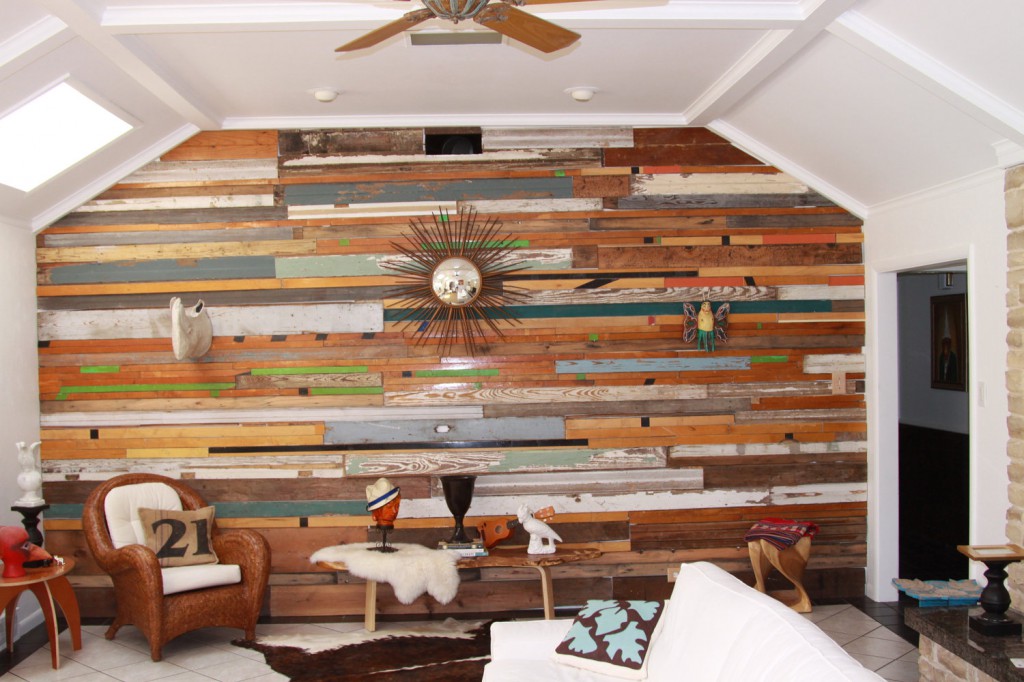
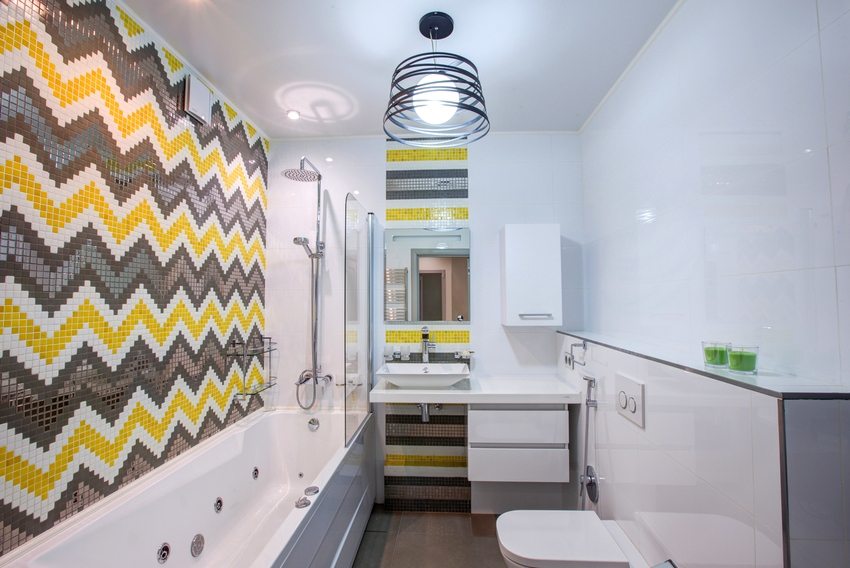
However, most often wall decoration is classified according to the type of raw material from which it is formed:
In addition to the above materials, concrete, stone, etc. are used for the production of decorative tiles.
Wooden tiles are often used to decorate bedrooms and headboards. Often such finishing is found on the facades of built-in furniture or in the decor of interior partitions. Wooden tiles give the room a special, warm atmosphere. The main characteristic of wood is its species. It is the features of the pattern and texture of different arrays that create unusual reliefs and lines on the panels.
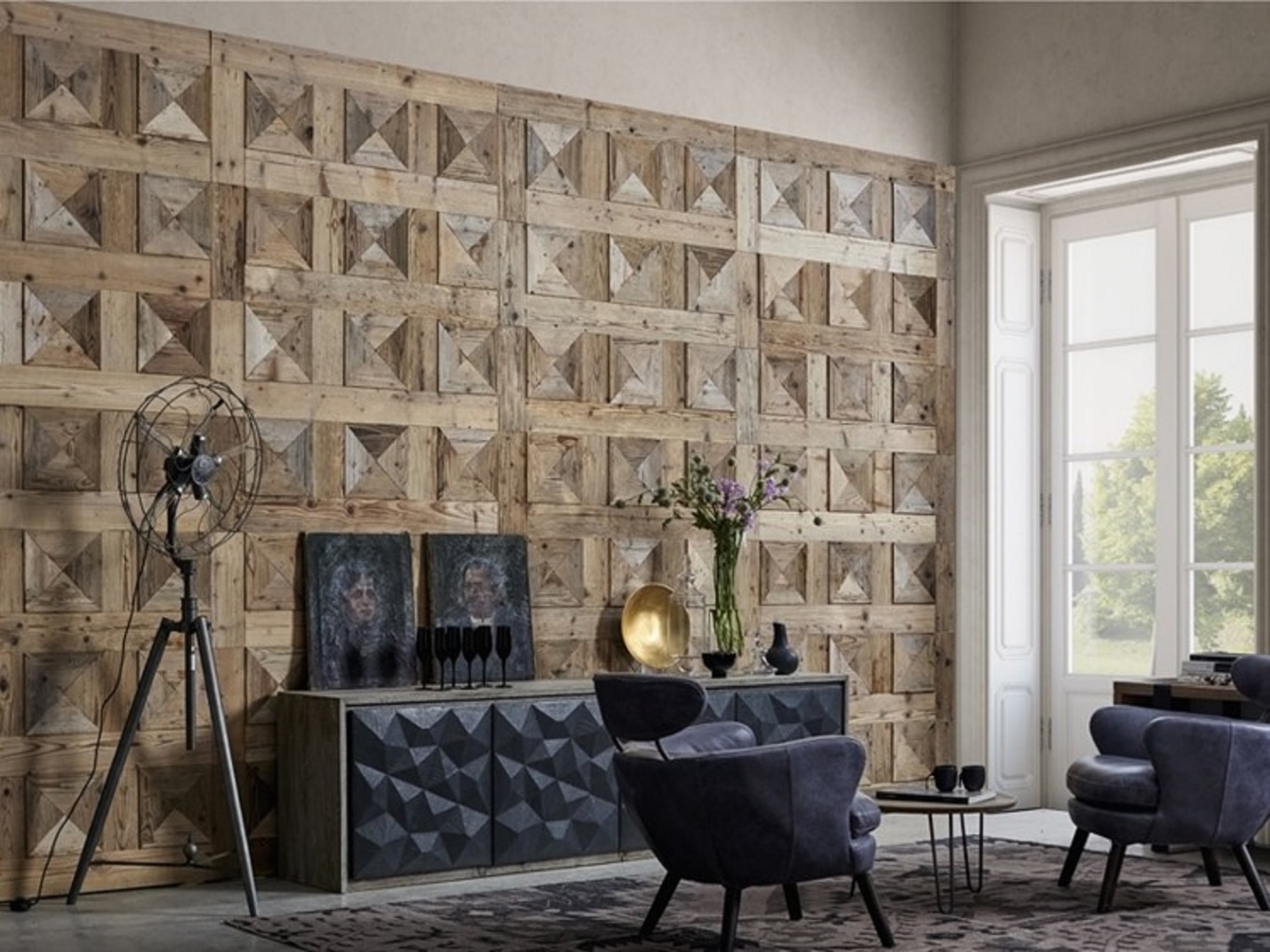
Wooden panels for interior wall decoration can have almost any shape. With modern equipment it is possible to create complex round, angular and even patterned reliefs, which are impossible to produce manually.
Finished wood panels are coated with various varnishes and stains. There are other ways to finish wood, such as firing. Using similar methods you can get unusual panels that can be perfectly combined with each other. The price of wooden wall panels depends on the species, its purity and rarity.
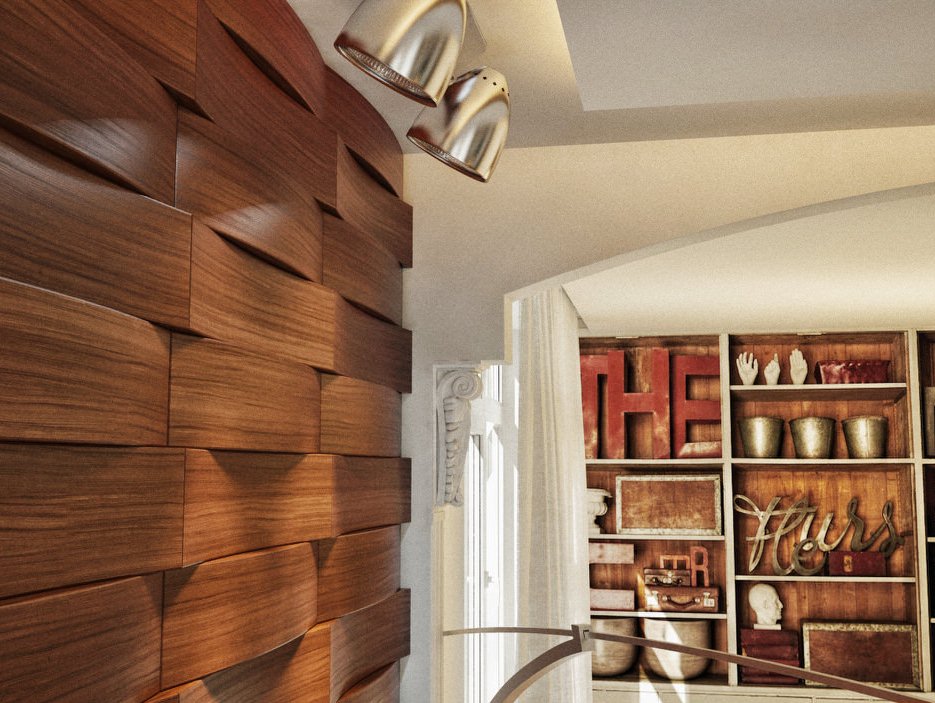
Among the advantages of such tiles, it is worth noting the following:
Decorative wooden panels for interior wall decoration are suitable for all types of rooms, with the exception of rooms with high humidity. The disadvantages of such materials include high cost.
Note! If you plan to decorate the room with slats, keep in mind that they have a standard length of 200 and 300 cm and a width of 8 and 8.8 cm. However, you can make slats and panels to order, but such products will cost more.
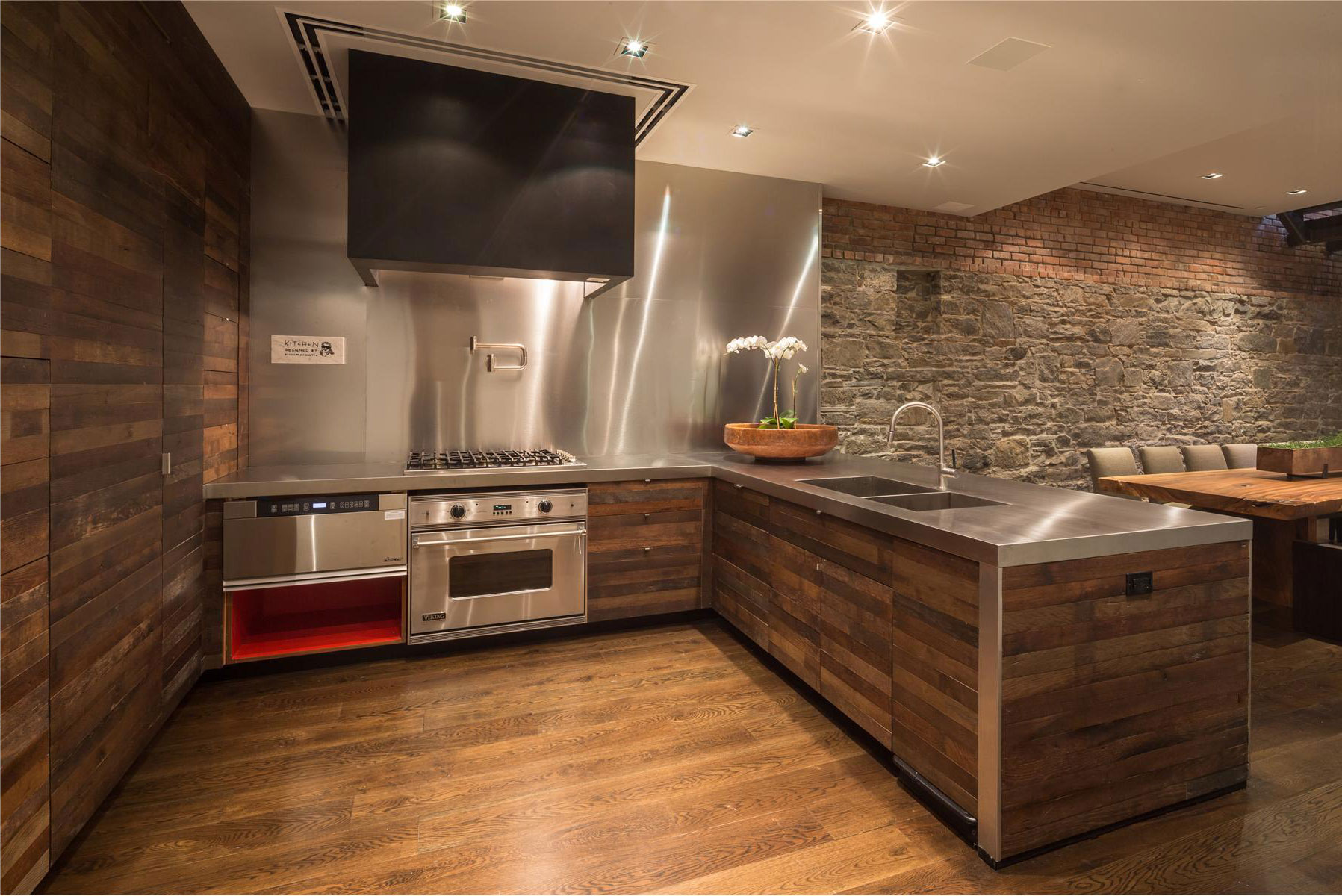
Plastic tiles are especially popular in design. Thanks to the spread of the loft style, panels with imitation stone and brick are especially common in interiors. A room decorated with such material takes on a unique luster. It is very practical to decorate insulated loggias or balconies with plastic panels, since the material perfectly withstands constant contact with moisture. Because of this quality, PVC panels are often used in bathrooms, covering one wall or the entire room.
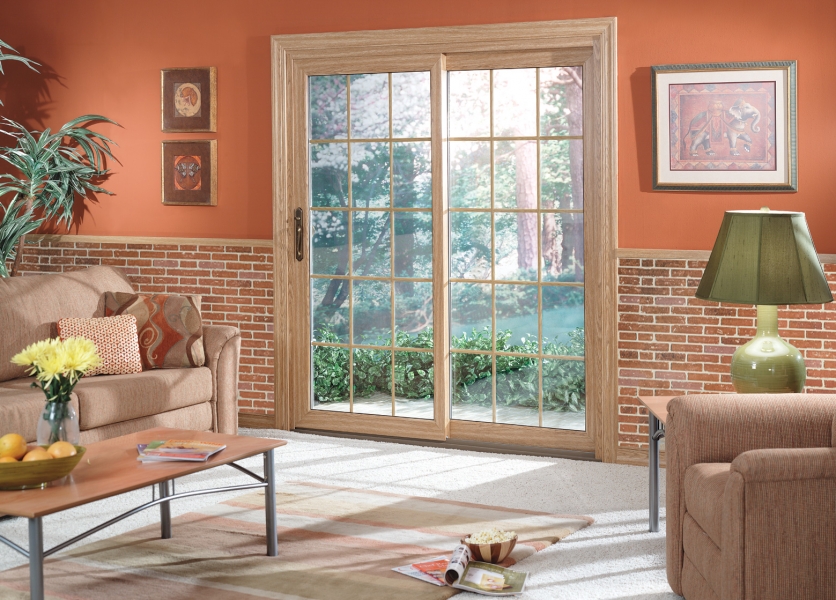
In addition to all of the above, plastic tiles have the following advantages:
Plastic panels have a couple of significant disadvantages: low environmental friendliness and poor resistance to temperature changes.

Note! For self-finishing a house or apartment, panels with stiffeners are optimal. The structures are mounted on the lathing. Similar panels are produced in a standard size of 300 cm long and 25 cm wide, the thickness of the panels is 80 mm.
Natural solid wood looks very aesthetically pleasing in the interior, but its price cannot be called affordable. For wood lovers, there is an excellent alternative - MDF panels. The material is created from wood processing products and glue. The fibers are pressed under high pressure to create a durable and beautiful board. This technology is actively used in the production of furniture, doors and decorative panels. Externally, a wall finished with MDF inserts is practically indistinguishable from a wall with wooden trim. However, the cost of fiber materials is approximately 60 percent lower than the price of natural wood.
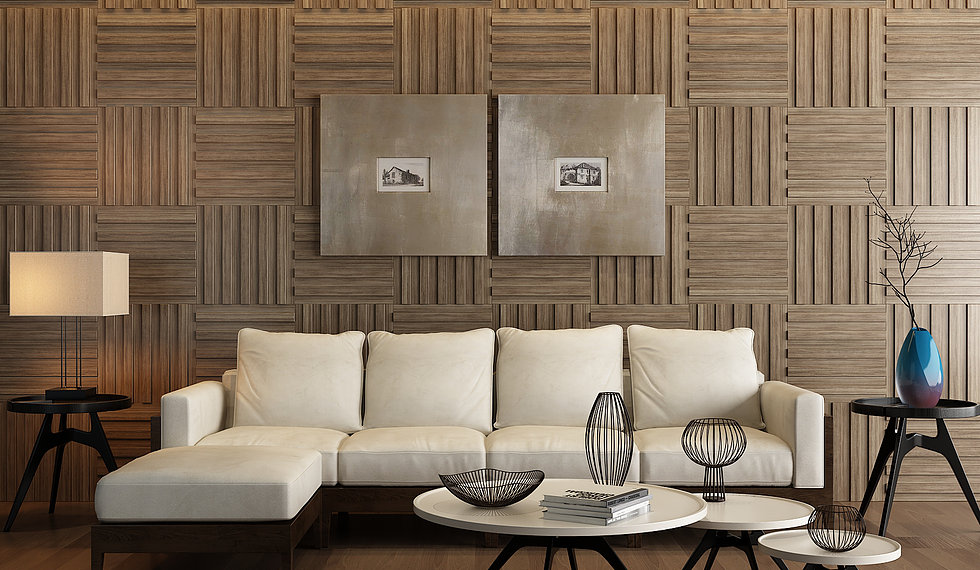
Many different panels are produced from MDF, and they all have the following advantages:
The dimensions of the panels depend on the manufacturer; the most popular products are 2.6 meters long and 15 and 32 cm wide. The thickness of the tiles can vary from 5 to 15 mm.
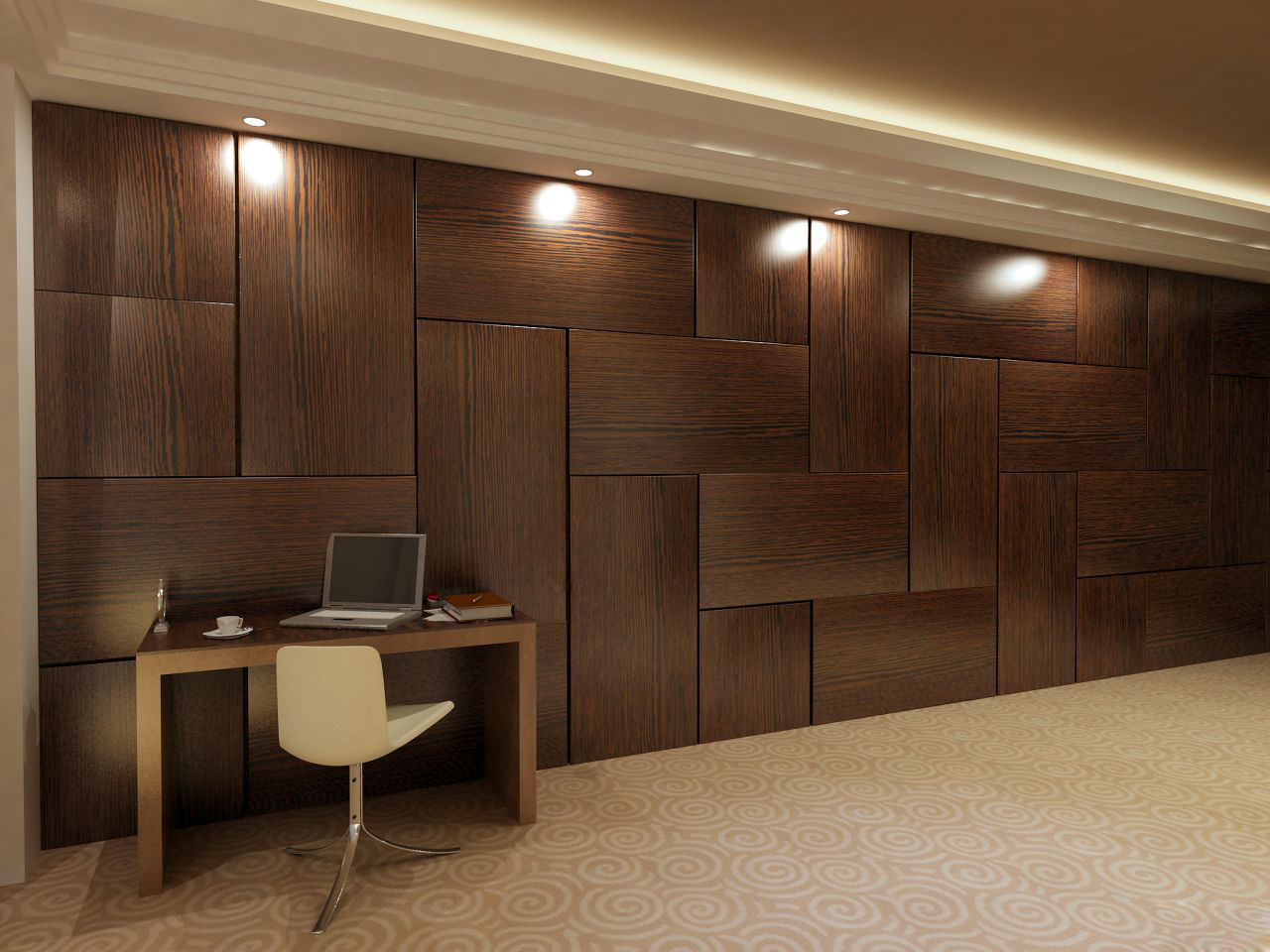
Externally, gypsum panels are very similar to natural stone. The material itself is of natural origin, which gives it special properties, such as:
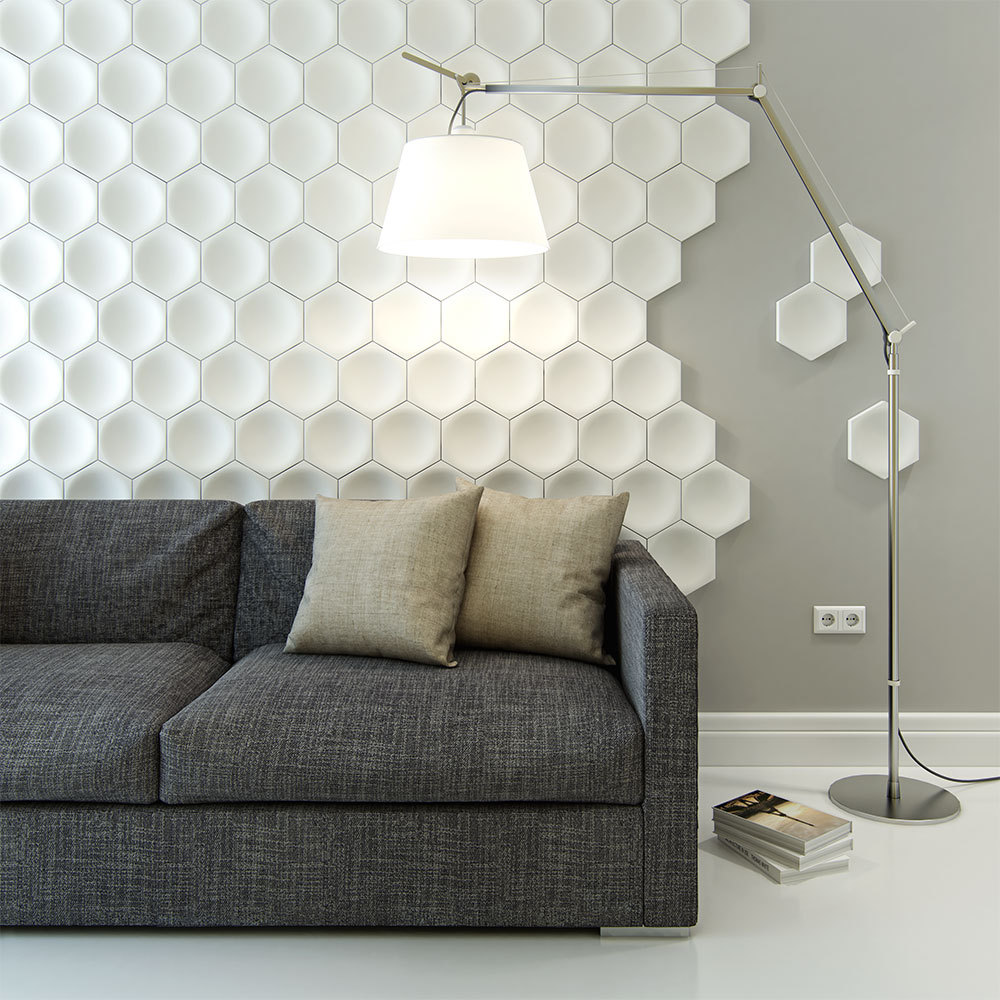
The disadvantages of the material include its fragility and the inability to use in rooms with high humidity. When it comes into contact with moisture, plaster cracks and crumbles. That is why living rooms and living rooms are decorated with similar panels.
Note! If you have at least basic artistic skills, you can purchase white, unpainted tiles. Such panels can be painted in any color or even artistically painted. Molds for tiles of any size are freely available, this allows you to cast tiles yourself.

When choosing panels for walls, you need to show special care and a sense of style; regardless of the material, decorative inserts must fit into the interior of the room.
Wall panels are rarely used in the design of typical apartments due to the small dimensions of the room. However, with proper planning, the design will not take up much space and will even visually expand the room. In addition, the use of wall panels has the following advantages:
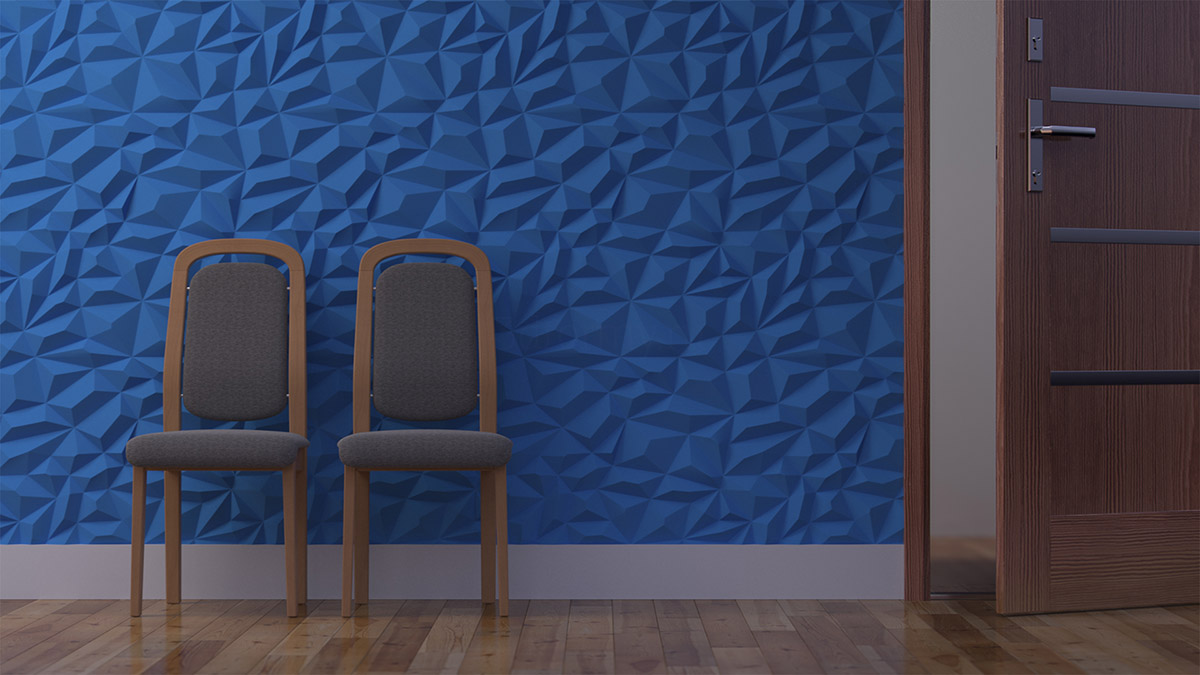
Among other things, wall panels are a great way to create an original partition. With their help, you can zone the space without much expense.

Any finishing work begins with preparation. In addition to purchasing materials and tools, you need to draw up a work plan.
Thanks to competent measurements and planning, you can significantly save on materials. The following recommendations will help you prepare for installation:
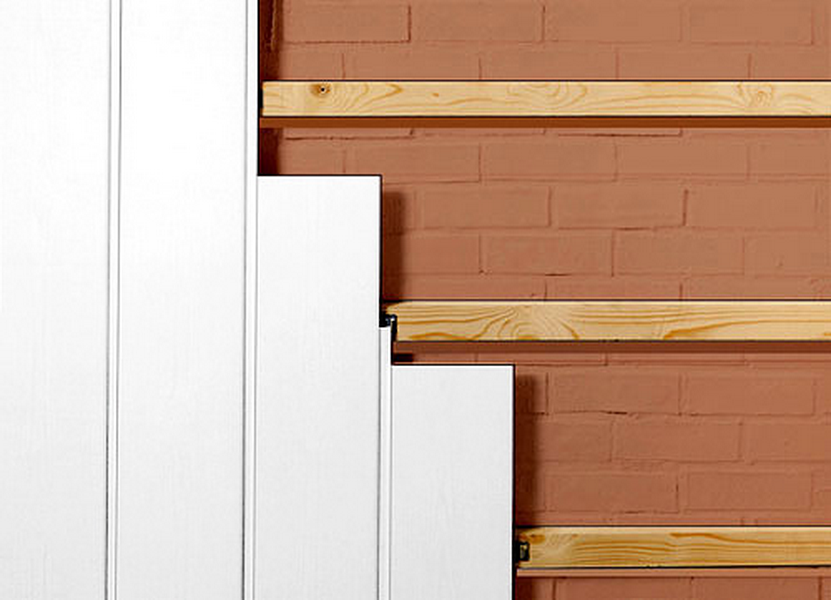
After purchasing the panels and components, you can start working.
Installation of tiles inside a room can be carried out using two different technologies. The first is the assembly of the frame followed by cladding. This cladding method includes the following steps:
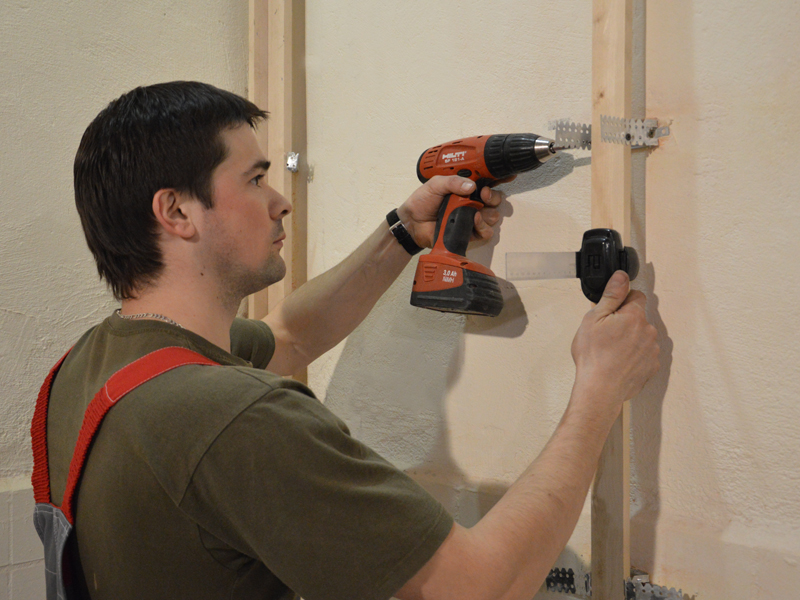
Once assembled, the panels do not require special care. A couple of times a week you need to remove dust from the tiles with a dry or damp cloth (from varnished and plastic products).
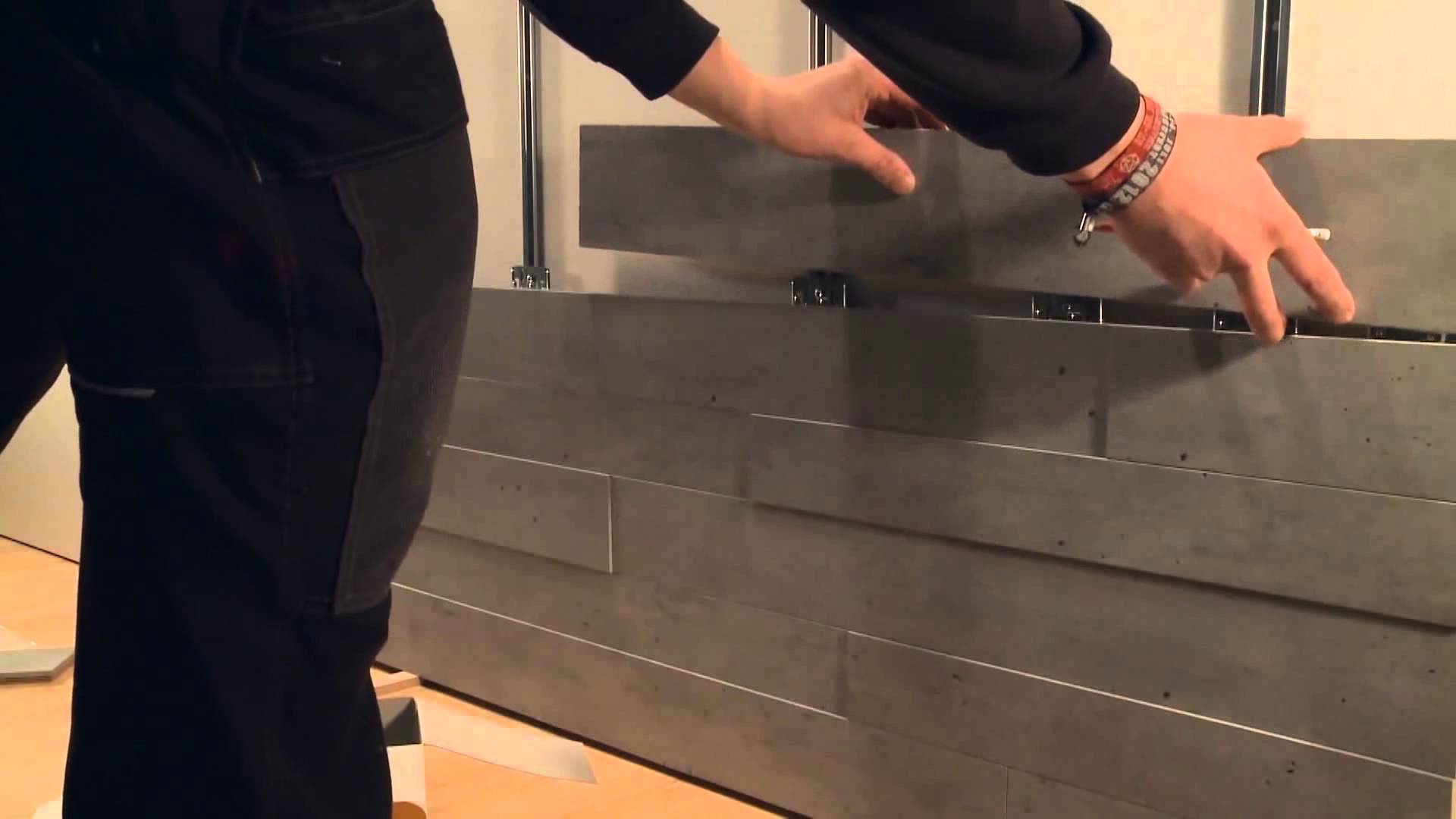
Installing panels with glue is very quick; in addition, this installation method does not hide the dimensions of the room. However, this technology cannot be used for all decorative tiles.
The working surface must be very flat; a difference of more than 4 mm can lead to cracking and breaking of the tiles. Before applying glue, the wall must be prepared. To do this, it is cleaned of plaster and other finishing materials and degreased.

The choice of adhesive for panels depends on the material of the tiles themselves. Most often, hot melt glue and liquid nails are used in such work. The adhesive composition is smeared on the wall in a zigzag motion, and the distance between the drops of glue should be approximately the same. It is recommended to apply adhesive to one tile and attach it immediately. After attaching the panel to the wall, you need to press it and tap it with a rubber hammer.
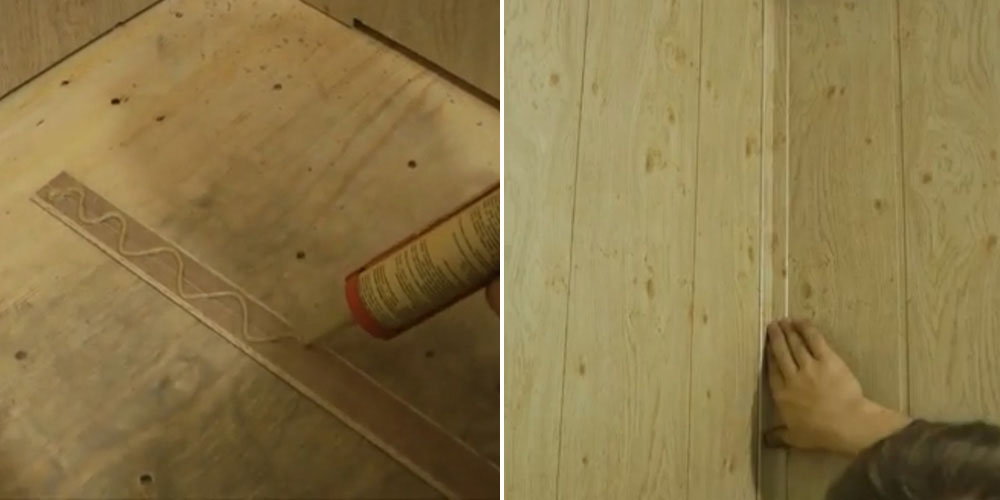
When installing wall panels, use advice from experienced craftsmen:
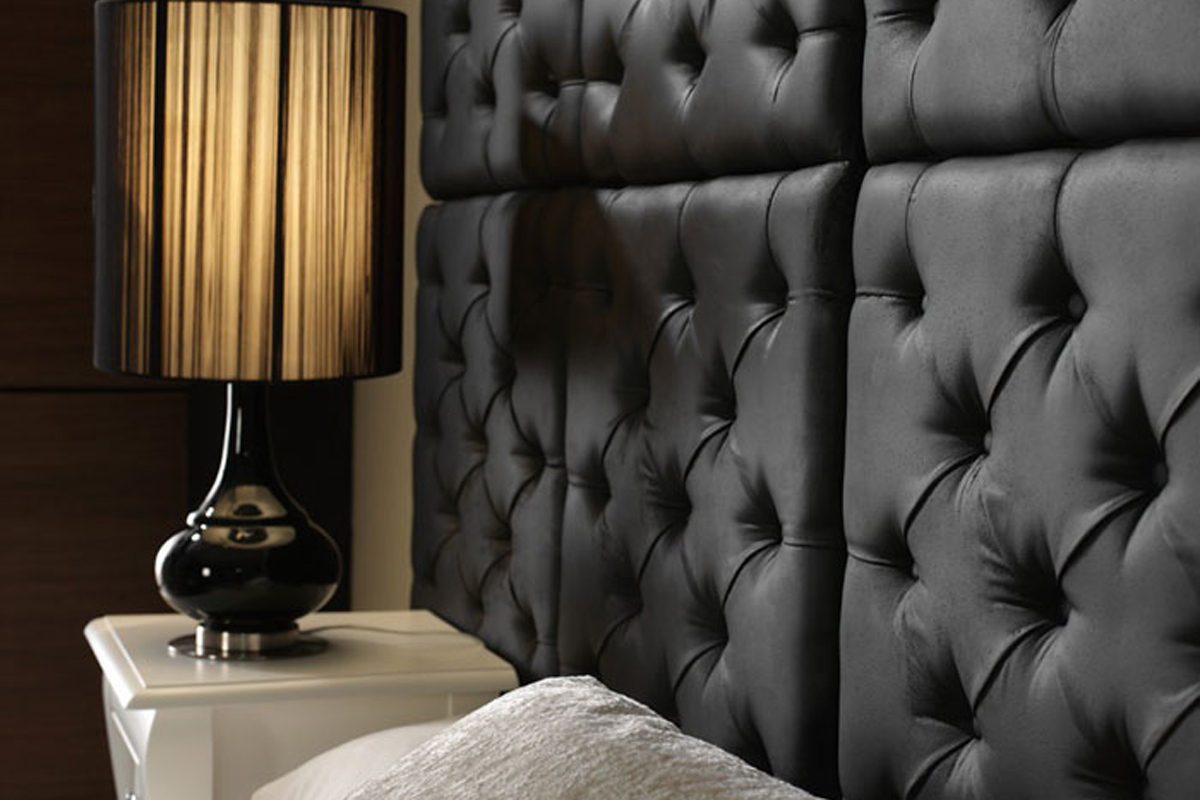
Decorative tiles are a great way to implement non-standard design solutions. However, such materials must be used with caution: improper use can significantly deteriorate the appearance of the room.
Wall panels for interior wall decoration are an excellent option for transforming your home with minimal renovation costs. In addition, finishing with wall panels will allow you to create a unique design, since panels for interior wall decoration are made from a variety of materials (natural and artificial raw materials) and different textures. Installing the panels is also simple and easy to handle. Installation is not very difficult. And the fact that the panels combine perfectly with other finishing materials will allow you to experiment when renovating walls and achieve a stunning effect. If you are not sure whether wall panels are suitable for your apartment and want to avoid unnecessary expenses during renovations and interior decoration, then this article is just for you.
First of all, when choosing wall panels for interior wall decoration, you need to pay attention to human safety. Some cladding panels can emit harmful substances during use and cause considerable harm to health. It is best to choose environmentally friendly finishing panels, so you will be sure that they are as harmless as possible.
Next, it is important to make sure that the wall panels are non-flammable and will not contribute to the spread of fire in the event of a fire. It is also very important to make sure that in the event of a fire, the panels will not create smoke in the room. Especially for this purpose, the packaging must be marked with a certain fire safety class.

We advise you to be careful when choosing panels and not to miss this important point when purchasing. If suddenly the packaging does not contain information about fire safety or there is no certificate of conformity, then these wall panels should not be purchased.
Do not lose sight of the humidity factor in the room in which you are going to install wall panels, since they come in varying degrees of moisture resistance, and different types of panels are suitable for different rooms.
When choosing the type of panels, pay attention to resistance to temperature fluctuations - the panels are installed in various rooms, including metal radiators nearby. And if you plan to install them in the kitchen or on the walls in the hallway, choose panels that are resistant to cleaning agents and generally easy to clean. It is better to install more durable types of panels in the children's room, which will help you avoid unnecessary hassle in the future.
Wall panels have more functions than wallpaper or wall painting. For example, if the walls in your room are uneven or simply have flaws, then you won’t have to resort to leveling or masking the imperfections; you can simply use panels - they will easily hide all the imperfections of the walls during renovation. You can also “hide” wires or even pipes behind the panels. If you need heat or sound insulation, you can hide it under the panels, or use panels with insulation already installed in them. Also, an important factor is that often finishing panels made from artificial materials perfectly imitate natural ones, which will allow your rooms to look more impressive.

Finishing panels differ from each other in shape and type of material from which they are made.
According to their form, they are divided into the following:
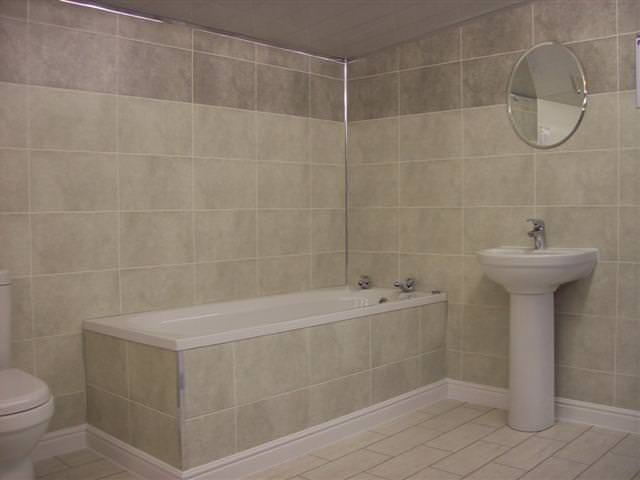
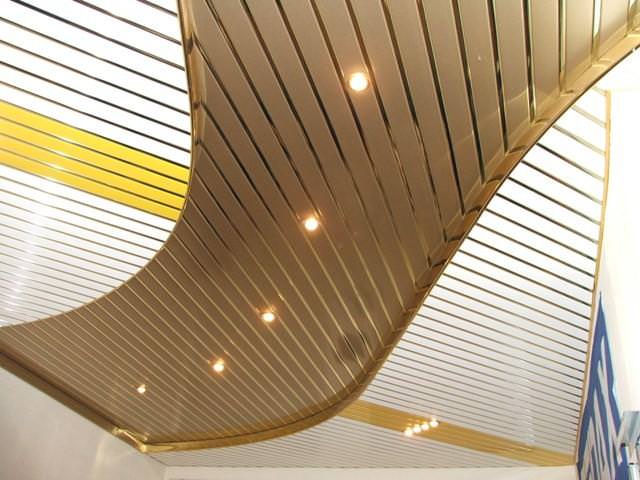
Based on the material from which they are made, the division goes into the following types:
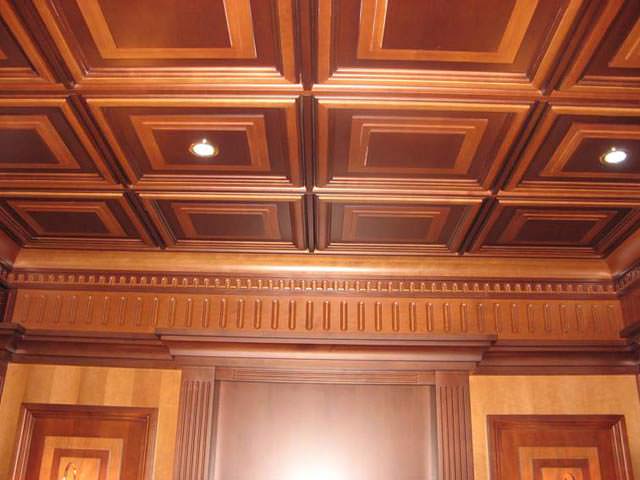
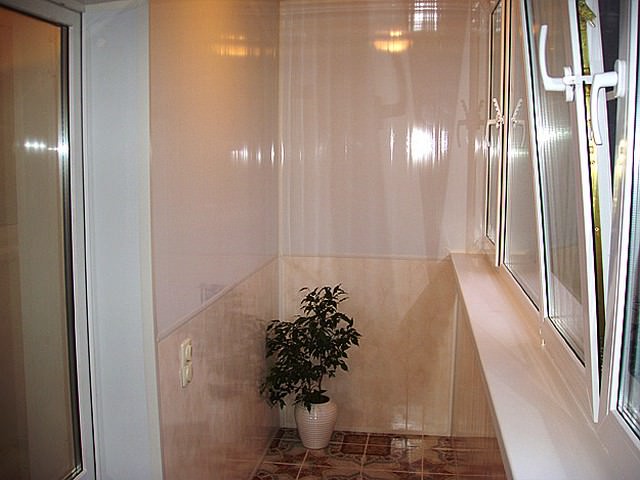
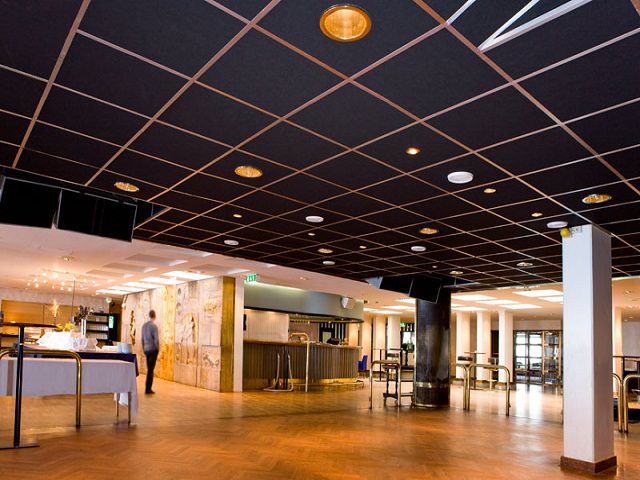
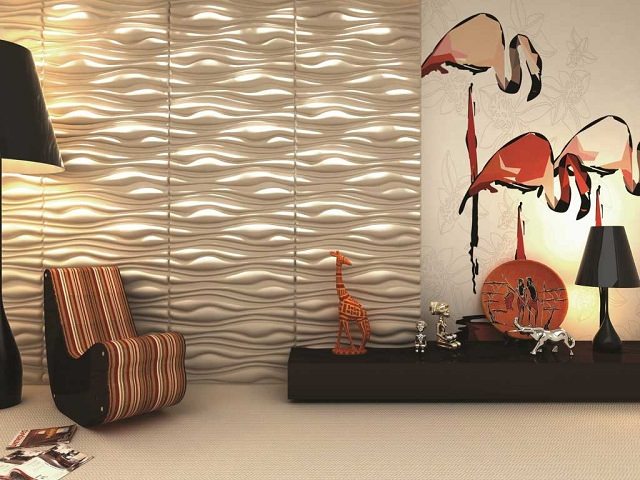
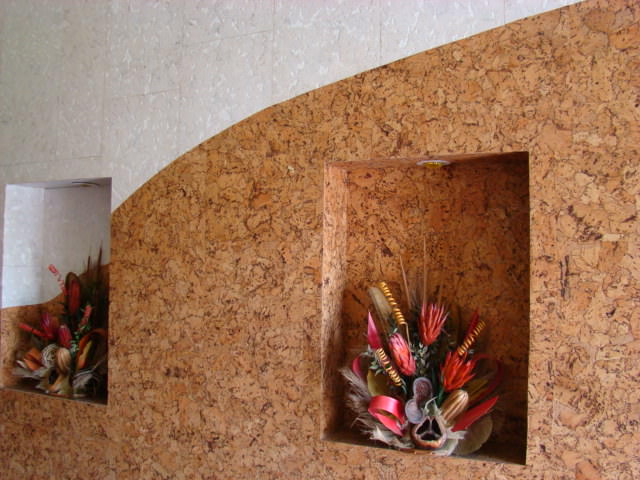
But if there is a need to install such panels in wet rooms, then you need to choose water-resistant panels, but with a higher price tag. Please note that due to the formaldehyde resins included in the chipboard boards, during operation they will be released from the boards and cause harm to health. Therefore, we do not recommend installing such slabs at home in residential premises, only in well-ventilated or walk-through areas.
In any case, study the packaging; it must contain appropriate markings regarding the safety of certain panels. Chipboards also differ in the number of layers - there are panels with one, three or five layers. The most popular are three-layer panels, in which the first layer is large shavings, the second is sawdust, and the third is the final coating with a different design. There are also panels with a special structure, tambourate. In their design, such panels resemble sandwich panels;
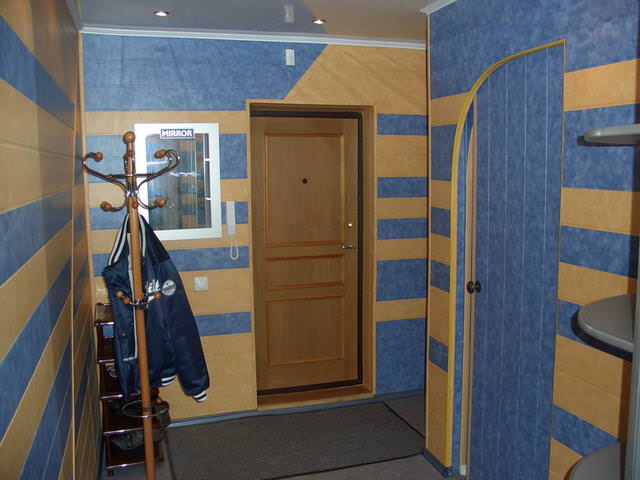

The new version of the panels can also be used in rooms with high humidity; unlike fiberboard, such panels do not swell and hold their shape well. This occurs due to water repellents and a special laminating coating, which makes the slabs impact-resistant and durable. The slabs are decorated in different ways, using the technique of simulating natural materials - wood, ceramics, stones or bricks. It is often almost impossible to discern the difference between a slab and the original material by eye. And the price of these panels is significantly lower than the real material. And we’ve told you more than once about ease of installation;
